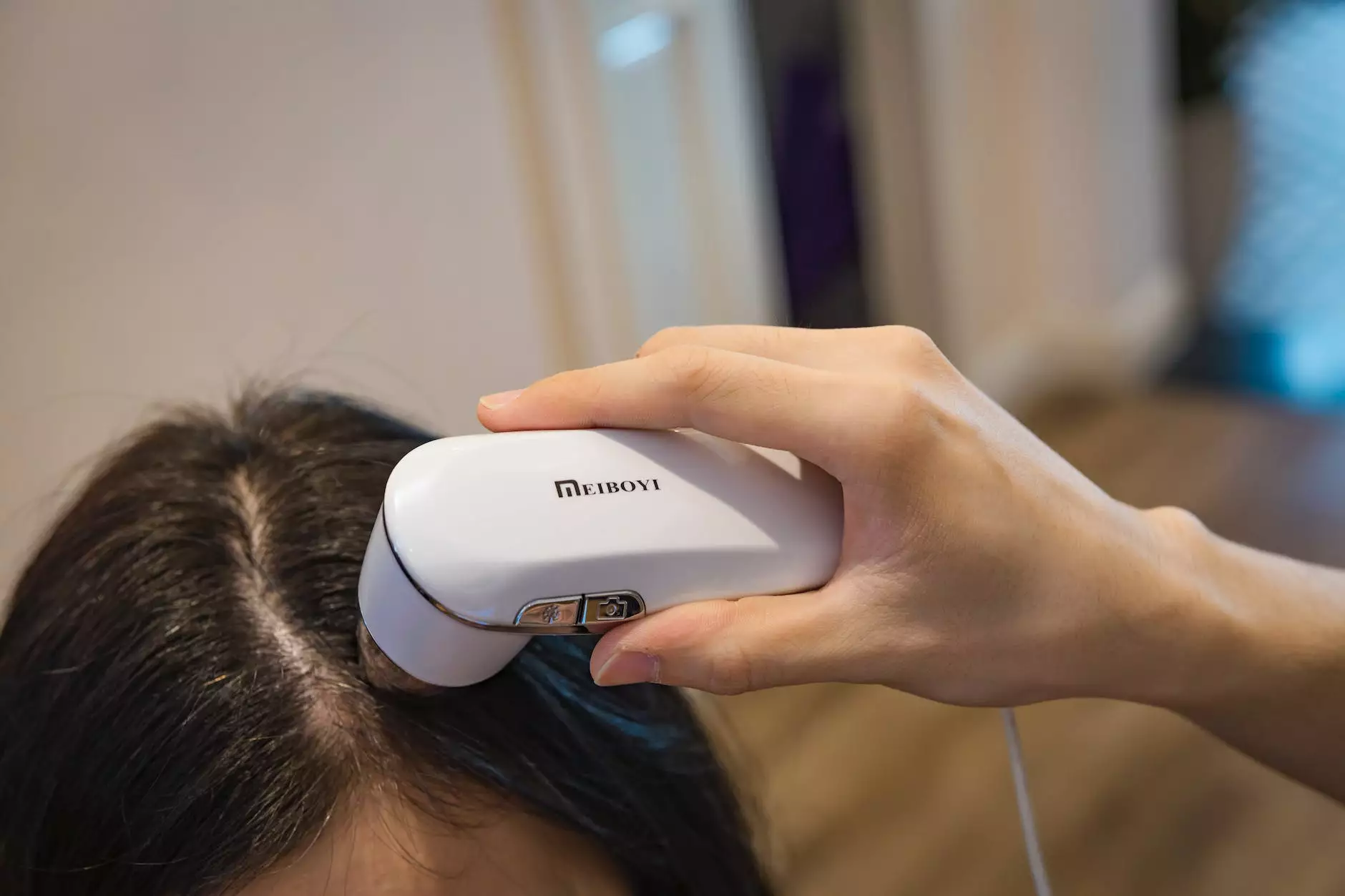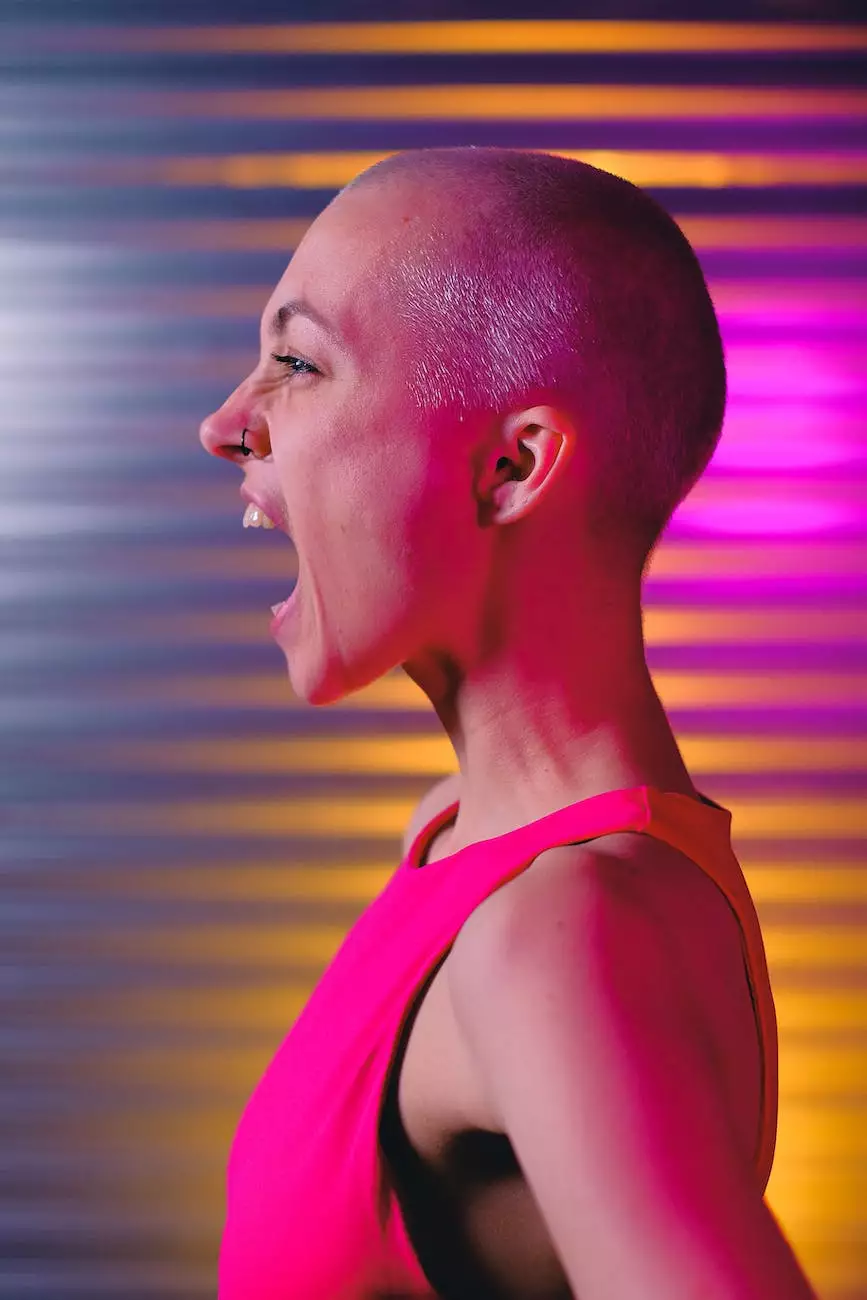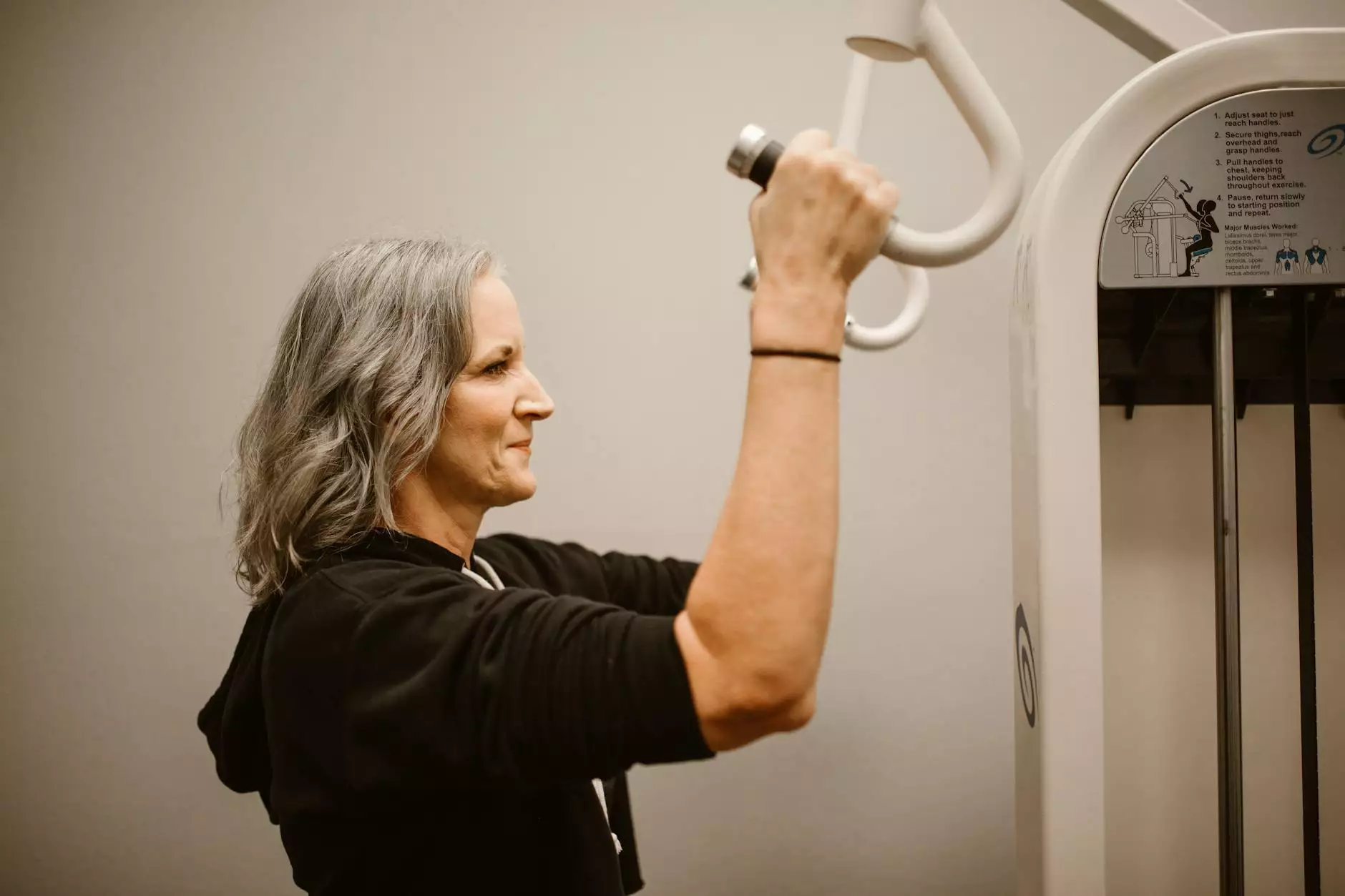The Best Treatment for a Receding Hairline

Introduction
Welcome to Smith, Arthur F, MD, your trusted source for effective and advanced hair loss treatments. In this article, we will discuss the best treatment options available for a receding hairline. We understand the impact hair loss can have on your self-esteem and overall well-being, and we're here to help you regain your confidence.
Understanding Receding Hairline
A receding hairline, also known as frontal baldness, is a common condition that affects both men and women. It is typically characterized by the gradual loss of hair around the temples and forehead, resulting in a V-shaped pattern. This condition can be caused by various factors, including genetics, hormonal changes, and aging.
Causes of Receding Hairline
There are several factors that contribute to a receding hairline. One of the most common causes is Androgenetic Alopecia, a hereditary condition that results in hair loss due to an inherited sensitivity to dihydrotestosterone (DHT). Other causes may include hormonal imbalances, certain medical conditions, and lifestyle factors such as stress and poor nutrition.
Treatment Options for a Receding Hairline
1. Medications
When it comes to treating a receding hairline, there are several medications available that can slow down hair loss and stimulate regrowth. Finasteride, a prescription medication, works by inhibiting the production of DHT, which is responsible for shrinking hair follicles. Minoxidil, a topical solution, can also be effective in promoting hair regrowth.
2. Platelet-Rich Plasma (PRP) Therapy
Platelet-Rich Plasma (PRP) therapy is a cutting-edge treatment option that utilizes the body's own healing properties to stimulate hair growth. This procedure involves extracting a small amount of your blood, processing it to concentrate growth factors, and then injecting it into the scalp. PRP therapy has shown promising results in enhancing hair density and improving hairline appearance.
3. Hair Transplantation
Hair transplantation is a surgical procedure that involves harvesting hair follicles from areas with adequate hair growth, typically the back of the scalp, and transplanting them to areas with thinning or receding hair. This procedure offers a permanent solution to a receding hairline and can provide natural-looking results.
4. Low-Level Laser Therapy
Low-Level Laser Therapy (LLLT) is a non-invasive treatment option that uses red light wavelengths to stimulate hair growth. This therapy works by increasing blood flow to the hair follicles and promoting cell metabolism. It is a painless and safe option for individuals seeking a non-surgical approach to treating a receding hairline.
5. Lifestyle Changes
In addition to medical treatments, certain lifestyle changes can help improve the condition of a receding hairline. Eating a balanced diet, managing stress levels, and avoiding excessive heat styling or harsh chemicals can all contribute to maintaining healthy hair and preventing further hair loss.
Choosing the Right Treatment
Choosing the best treatment for your receding hairline depends on various factors, including the extent of hair loss, underlying causes, and individual preferences. Consulting a hair loss specialist, like Smith, Arthur F, MD, is crucial in determining the most suitable treatment option for you. Our experienced team will assess your condition, provide personalized recommendations, and guide you through your hair restoration journey.
Conclusion
At Smith, Arthur F, MD, we understand the impact that a receding hairline can have on your confidence and quality of life. Our commitment to providing the best treatment options, combined with our expertise in hair restoration, ensures that you receive the comprehensive care you deserve. Don't let a receding hairline hold you back – schedule a consultation with us today and take the first step towards regaining your hair and confidence.










